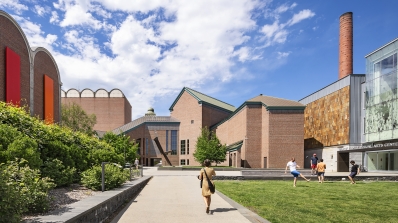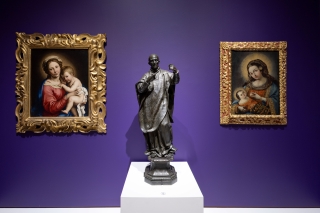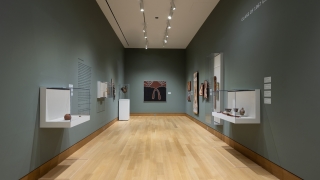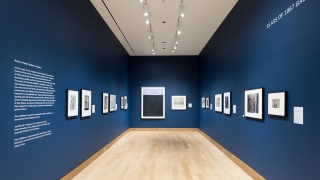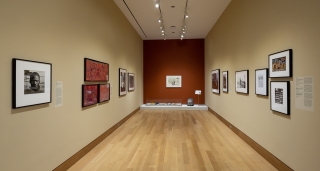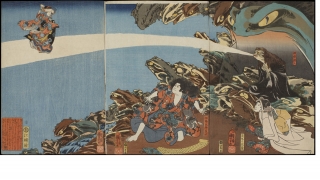Exhibitions Archive
The Legacy of Conversion and Commerce in the Early Modern World
Faith and EmpireArtists rarely, if ever, remain neutral towards the subjects or themes of their works. They express points of view, opinions, or ideas about the human body, social interactions and hierarchies, politics, faith, the natural world, and even art itself. The works of art in this exhibition, arranged in pairs, offer contrasting perspectives from artists on a variety of themes: men and women, the family, war and human suffering, the built environment, and subjects drawn from poetry and real life. Each pair is accompanied by a single question that serves as a starting point. We wish to provoke further reflection about the artists’ individual approaches to their subjects: from what points of view (literal, emotional, intellectual) does the artist look at their subjects? In what ways do artists communicate their points of view?
This exhibition is curated in conjunction with Art History 2, Introduction to the History of Art II.
Culture and Conflict in Central America
Bolas de FuegoBolas de Fuego: Culture and Conflict in Central America draws from the Hood Museum’s limited collections to tell stories of communities from the following countries: Belize, El Salvador, Guatemala, Nicaragua, and Panama. Focused on the conflict-laden twentieth and twenty-first centuries, the installation examines turning points in the region’s political and social history, while attending to the themes of race, ethnicity, and migration.
This exhibition was curated in conjunction with LACS 8: Politics and Culture in Transnational Central America and LACS 50.17: Land, Belonging and Social Change in Latin America.
Bolas de Fuego: Cultura y conflicto en América Central se basa en las reducidas colecciones del Museo Hood para contar historias de comunidades provenientes de los siguientes países: Belice, El Salvador, Guatemala, Nicaragua y Panamá. Centrada en los siglos XX y XXI los cuales fueron cargados por conflictos bélicos, la instalación examina los puntos de inflexión de la historia política y social en la región con enfoque en los temas de raza, etnia y migración.
Esta exposición fue organizada en conjunto con LACS 8: Política y Cultura en América Central Transnacional y LACS 50.17: Tierra, pertenencia y cambio social en América Latina.
